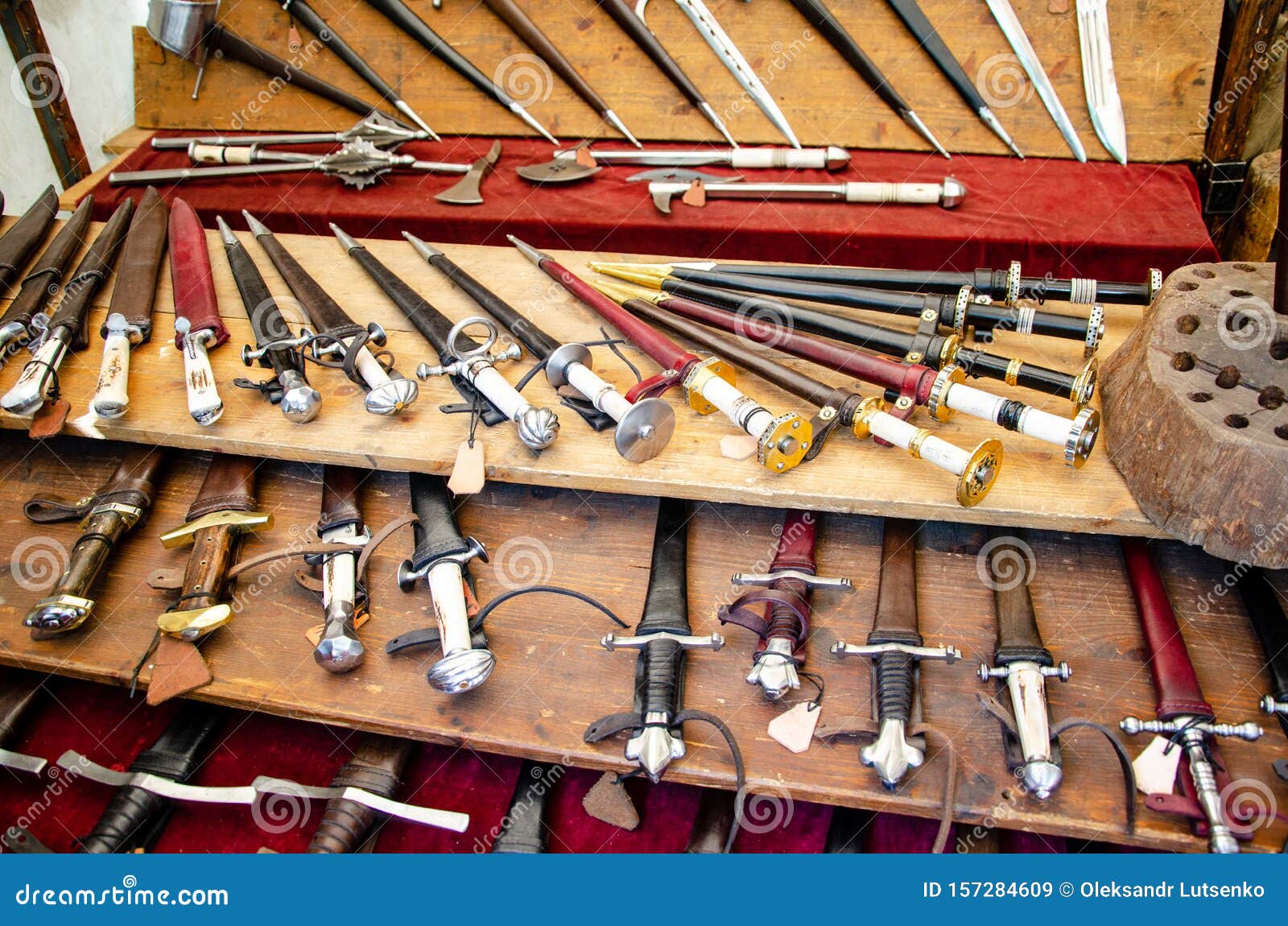

The book begins with an encompassing introduction, defining precisely what a girdle book is and what it is not there are related items that may seem like girdle books, but are not, and Smith briefly discusses why the latter are not considered. Smith immerses the reader in the context and keen details of the girdle book. In our modern world filled with various e-readers and new reading tech, from the curious neophyte to the seasoned bibliophile, it is worth a venture into the first format that brought literary mobility to the forefront. Its form has been the intrigue of those studying book structures as well as scholars of medieval times. A girdle book is an unusual form with an extension which is tucked into a girdle (the medieval word for belt) and worn as an accessory. With 26 remaining known examples, the girdle book is an item worthy of a comprehensive look. Smith is an exploration of a rare type of book construction. Diners were asked not to leave their personal utensils in communal dishes, keep elbows off the table, and not to burp.New Castle, Delaware: Oak Knoll Press, 2017

And table manners were of the utmost importance. Typically, diners were served in groups of two, and it was the lower-ranking person's task to cut the meat or bread. Diners would be summoned to the great hall by the blowing of a horn, and yes, they would wash up first. and noon - and the third afternoon meal was also small. The largest meal was served next - usually between 10 a.m. Ancient History says there were usually three meals served over the course of the day, starting with a breakfast that typically included just some bread and wine. Castles and Manor Houses says that many medieval castles had not just cooks on hand but people like the pantler (who was in charge of the pantry, which included things like bread and cheese), a confectioner, a poulterer, and even a spicer. There were a lot of people employed to do all the prep and cooking, too. In other places, women would return to check on the children of their descendants, and it was often said that those suffering from insomnia might get a visit from a spirit who wanted to help them sleep.

It was often said that the spirits were Christian souls trapped in purgatory, reaching out in the hope that they would say prayers or perform good deeds in their memory to shorten their penance. Knowing that no one would believe his story, he tried to hop on one of the riderless horses, and he carried the scars from the reins and stirrups for the rest of his life.Īccording to Medievalists, it wasn't uncommon for people in the Middle Ages to tell tales of seeing ghosts. He claimed to have seen an army of the dead, made up of commoners who walked while weighed down by heavy burdens and women who rode on saddles of burning nails. Take the tale told by a priest named Walchelin and written down in 1091 (via the London Review of Books). Ghost stories from the Middle Ages make modern ghost stories look like the work of complete amateurs. If more extreme measures were needed, it might be off to the castle barbers for a little surgical intervention.
#MEDIEVAL SMITH HOW TO#
Healers would tell patients what they needed to collect, how to prepare it, and what special words and prayers to say while they were making - and taking - their own prescription. Today, a synthetic version of the same prescription and ingredient is called aspirin.Ĭures were mostly herbal, and it's no wonder that many castles (and monasteries) had their own herb gardens, with plants like sage, chamomile, dill, and cumin (via English Heritage). Anyone suffering from aches and pains might, for example, be prescribed a dose of willow tree bark. Here's the thing - it wasn't all hocus pocus. Instead, these healers - most of whom were illiterate - got their knowledge by studying with the previous generation of healers, who would have had quite a bit of experience. Medieval medicine changed a lot over the centuries, and early on, most of the medical advice would be given by a local healer who almost definitely didn't spend a decade at medical school.


 0 kommentar(er)
0 kommentar(er)
